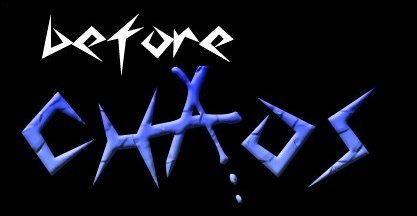Wednesday, February 27, 2013
DIY Recording
While we wait for the cover song licensing to clear (more on that later) before we can post our demo songs, I thought I would document the process we used to record and mix.
First off, we are a cover band that is really just getting started. And while we work really hard in practice and really want to make a good impression, we don't have the time and money to have our music professionally recorded, mixed, and mastered. As a result, we decided to do it ourselves.
Before we got too serious about recording a demo, we recorded songs during practice using a hand held TASCAM stereo recorder that I bought from MusiciansFriend.com for about $50-60. This worked well for creating MP3s for band members to take home and practice with. This can be especially useful if not all band members have the original artist's MP3 and for songs where we play in a different key. It can also be useful for recording live shows.
The downsides to this recording device are that (1) it requires the volume levels to be set before recording (loud drummer means all guitar amps and PA for vocals must be turned up to match it accordingly) and (2) mistakes cannot be corrected without completely re-recording.
These issues led me to purchase a Zoom R24. This device can record 8 tracks simultaneously from XLR and 1/4-inch inputs. Since our band members had a variety of microphones (dynamic and condenser, instrument and vocal), this seemed like the right approach. We had one mic for the bass drum, one for the snare, and one ambient mic over top of the drum set. Each guitar was mic'd and my bass amp has an XLR direct out that I could plug straight into the R24.
Vocals were a little tricky, since we wanted to record them directly, but still needed a monitor so the rest of the band could hear it. To solve this, we used the stereo pan feature of the R24. We panned all of the instruments to 100% left and all of the vocals to 100% right. Then we hooked the right side output channel of the R24 to our PA's mixer board. That allowed us to control the levels of the vocals without "polluting" the signal with all of the instruments that we can already hear in the room.
With every instrument on its own channel, we could be much more flexible with volume levels in the room. Of course, there is always the issue of instruments bleeding into other mics. For the most part, we just tolerated the "bleed" - the bass track was clean since it used a direct out, but if you listen to any other track, you can hear the drums and some guitar. To be truly professional, this should not be tolerated, but as long as the tracks are in sync and you don't plan to overdub any of the instruments, this really isn't too serious of a problem. Since the vocals and the bass guitar didn't bleed into other mics we were able to overdub those tracks fairly easily.
Once we had recorded everything, we had to mix down the songs. The R24 works splendidly for this process too. The device allowed us to listen to individual tracks or any combination of tracks. I was able to add reverb and chorus effects to the recorded tracks. I could also bounce the tracks (i.e. push one or more tracks into a different track) in various ways - like bouncing all of the drum tracks into one stereo track, guitars into another, and vocals into a third. That made it easier to adjust levels for the master stereo mix.
Once the master mix was ready, I copied the project to a USB thumb drive (another handy feature of the R24) and then copied the stereo WAV files to my laptop PC. Here is where I wish I had both more experience and better tools.... I then imported the WAV file into Audacity, a free open-source software tool for sound editing. With Audacity, I could trim out the unwanted portions of the recording (i.e. the few seconds between when I hit the record button and when we actually started playing), and could enhance the recording with compression and EQ settings. Once I was satisfied with how it sounded in Audacity, I exported it as an MP3.
There is a lot of repetition in this process too. Sometimes the exported MP3 would sound a little too bass-y or the vocals would seem more drowned out. So then I would have to pull the project back up in the R24 and re-mix it and/or make some changes in Audacity.
We ended up recording eight songs over three practices. Some of them just didn't make the cut, but we are pretty happy with the five that we plan to post. I'm not sure how much it would cost to do this professionally, but I would guess that it is a lot more expensive than the roughly $450 I spent on the R24. Plus, I learned a lot about the whole process that I hope to use in future projects. Overall, it was a great learning experience and one that will result in some great music!
Subscribe to:
Post Comments (Atom)

No comments:
Post a Comment